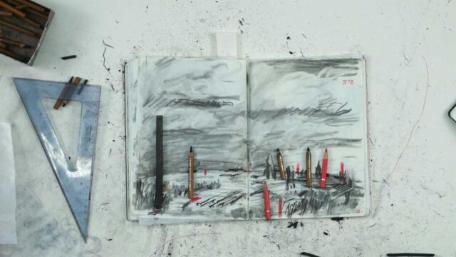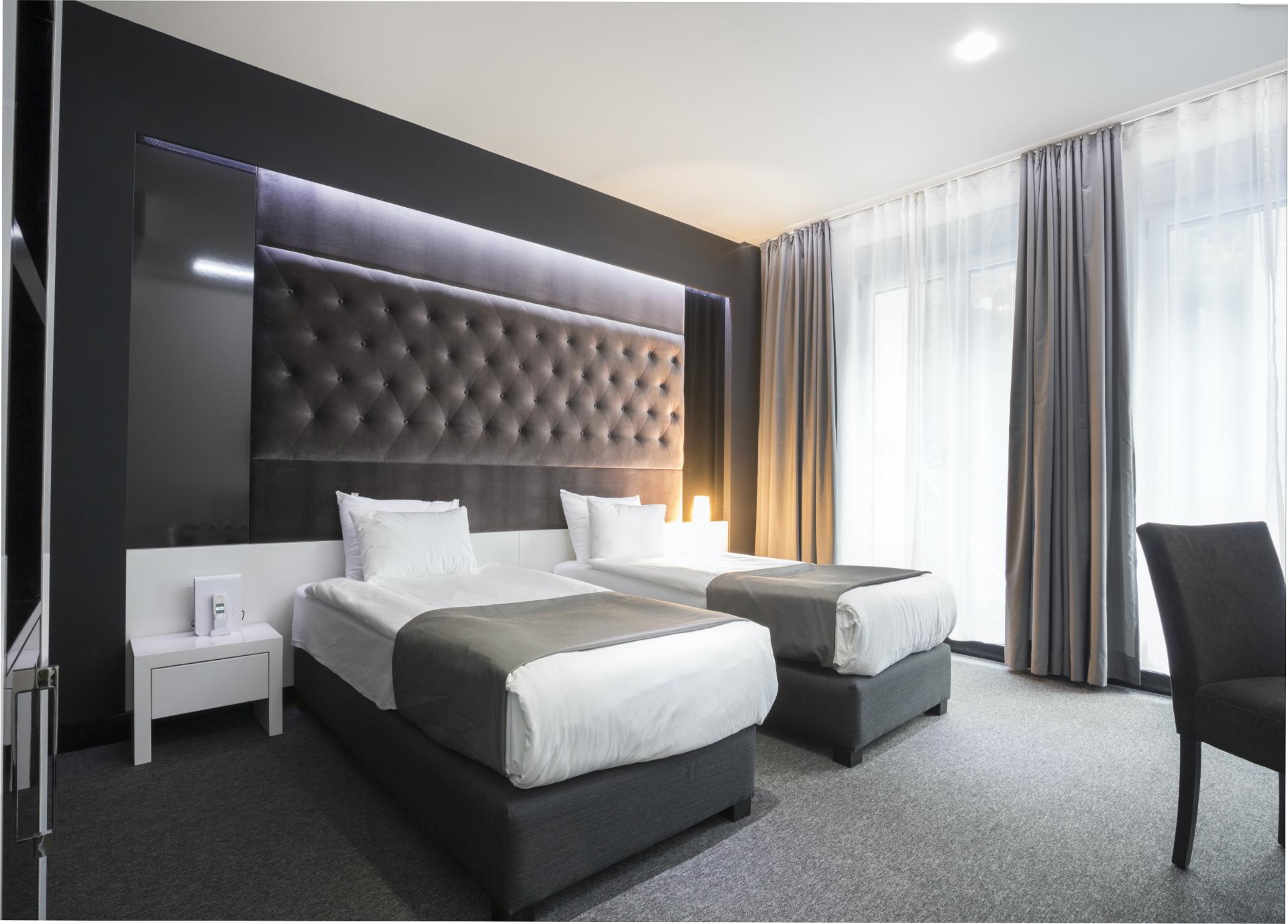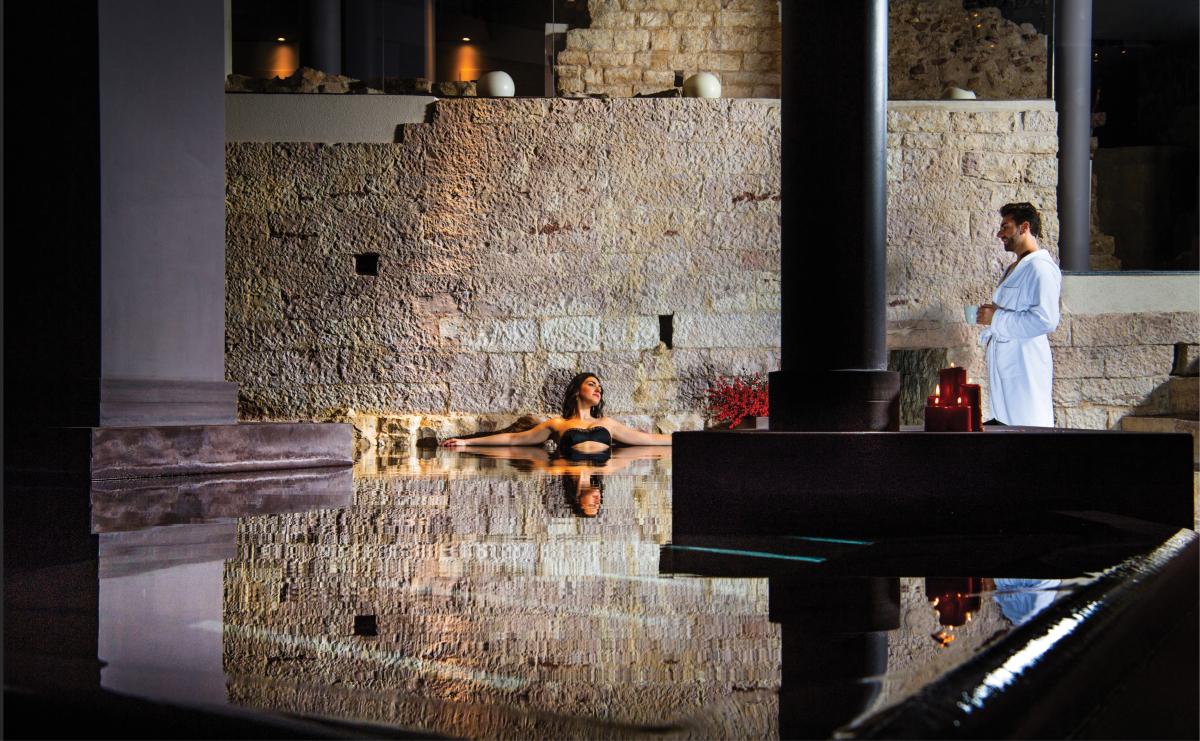Situato nella parte sud-orientale dell’Umbria, Ferentillo è un piccolo borgo di aspetto medievale immerso nel verde della Valnerina ternana, adagiato lungo una gola sovrastata da due rocche e attraversato dal Nera che divide l’abitato in due nuclei: Precetto e Matterella.
Una storia di millenni, tra ricordi preistorici e antiche signorie
Le origini del paese si perdono nei secoli. Alcuni graffiti rupestri rinvenuti nelle grotte naturali di Precetto, Lu Strittu, Mesa Rosa, Gabbio e Umbriano testimoniano la presenza di insediamenti umani già intorno al II millennio a.C.
In epoca romana, furono edificati numerosi templi e il fiume Nera fu reso navigabile per il trasporto del legname al cantiere navale di Stifone nei pressi di Narni. Grazie alla sua posizione, Ferentillo divenne una tappa fondamentale delle rotte della transumanza e del commercio tra l’area tirrenica e quella adriatica.
Tra il VI e il IX secolo, sotto il dominio longobardo, il Duca di Spoleto Faroaldo II decise di erigere il suo monastero più importante, l’Abbazia di San Pietro in Valle, ampliando la chiesa fondata dagli eremiti Giovanni e Lazzaro. Qui decise di ritirarsi in preghiera, divenendo monaco e facendosi seppellire all’interno di un pregevole sarcofago romano. Dopo di lui altri duchi scelsero di essere sepolti nell’abbazia che divenne un vero e proprio Mausoleo. In sua difesa fu realizzato un ampio sistema di avvistamento mediante la costruzione di oltre quaranta edifici, tra rocche e castelli, al punto che quest’area venne definita la Valle dei castelli.
Nel 774 con la sconfitta del re longobardo Desiderio per mano di Carlo Magno, Ferentillo fu annessa al Regno dei Franchi e successivamente donata al Papa creando i presupposti per la nascita dello Stato Pontificio. Nel 1303 Papa Bonifacio VIII tolse la giurisdizione di questi territori ai monaci Benedettini, “colpevoli” di aver dato asilo ad alcuni eretici catari fuggiti da Ferento nel XIII secolo, e la affidò al Capitolo Lateranenze. Il nome Ferentillo deriva proprio da Ferentum-illi, ovvero quelli di Ferento.
Alla fine del XV secolo, il paese visse il suo periodo più fiorente grazie a Giovanbattista Cybo, divenuto Papa con il nome di Innocenzo VIII. Durante il suo pontificato, Giovanbattista nominò primo signore di Ferentillo suo figlio Franceschetto il quale sposò Maddalena de’ Medici, figlia di Lorenzo il Magnifico e sorella del futuro Papa Leone X. Nel 1515 suo figlio Lorenzo, prendendo in moglie Ricciarda Malaspina, unì il territorio di Ferentillo al Principato di Massa, Carrara e Piombino.
Grazie al mecenatismo di questa illustre famiglia, Ferentillo acquistò importanza non solo dal punto di vista culturale, ma anche commerciale e socio-politico, divenendo un principato libero e sovrano, indipendente da ogni interferenza sia ecclesiastica che spoletina. Proprio da qui passò la Via della Lana, un tracciato commerciale che metteva in comunicazione i pascoli e le greggi abruzzesi con i mercati fiorentini della lana.
La signoria Cybo durò fino al 1730, quando Alderano Cybo vendette il feudo al Duca di Spoleto Nicolò Benedetti, da cui passò in eredità ai Montevecchio di Fano che ne furono signori fino al 1847: in quell’anno, venne ceduto da Pio IX al francese Louis Désirè de Montholon col pomposo titolo di principe di Umbriano e di Precetto. Nel 1860, con l’Unità d’Italia, Ferentillo divenne Comune.
Tra paesaggi mozzafiato, rocche, ricordi longobardi, chiese romaniche e misteriose mummie
Il paese è diviso dal fiume Nera in due borghi, Matterella e Precetto, dominati da due rocche erette in difesa dell’Abbazia di San Pietro in Valle.
La rocca di Precetto, tipico castello di pendio, ha forma triangolare con al vertice una torre quadrata di vedetta. Mattarella invece presenta il cassero quadrato, con bastioni cilindrici.
Da vedere, a Matterella, la chiesa di Santa Maria, dominata dall’alto campanile a guglia in stile romanico con monofore binate. Costruita nel XIII secolo, fu ampliata nel XV secolo in tre navate e conserva alcuni affreschi di scuola umbra e bizantina.
Nel borgo di Precetto si trova la chiesa di Santo Stefano, innalzata nel XVI secolo sopra un’altra chiesa più antica, attualmente ridotta a cripta cimiteriale. Proprio in tale cripta romanica è ospitato il Museo delle Mummie, al cui interno sono conservati alcuni corpi mummificati venuti alla luce nel 1805, a seguito di un editto napoleonico che vietò qualsiasi sepoltura all’interno delle mura cittadine e ordinò l’esumazione delle salme custodite nella cripta, alcune delle quali risultarono completamente mummificate.
Lungo la statale Valnerina che da Ferentillo prosegue in direzione Cascia, all’interno di un fitto bosco, sorge un vero gioiello: l’Abbazia benedettina di San Pietro in Valle, la testimonianza più importante del Ducato di Spoleto e tra i maggiori documenti di arte alto-medioevale dell’Italia centrale. All’interno conserva un cippo votivo, frammenti scultorei e architettonici di epoca romana, vari sarcofagi, un bellissimo e raro altare longobardo e lacerti medievali. Accanto alla chiesa un magnifico chiostro a due ordini del XII secolo.
Nelle verdi valli attorno a Ferentillo
Nei pressi dell’abbazia di San Pietro in Valle, sorge il castello di Umbriano, borgo abbandonato molto suggestivo, immerso nel verde dei boschi. Risaltano l’alta torre quadrata, i bastioni e la porta ogivale. La fortificazione risale all’890 e fu eretta per difendere l’Abbazia dalle invasioni saracene. Vista l’importanza strategica, il castello fu ulteriormente fortificato nel 1400 e nel 1570.
Il territorio, inserito nell’area del Parco Fluviale del Nera, è meta privilegiata degli amanti del turismo sportivo, con le fantastiche e adrenaliniche discese del fiume Nera adatte al rafting e con la famosa falesia di Ferentillo, che offre quanto di più emozionante un free climber possa desiderare.










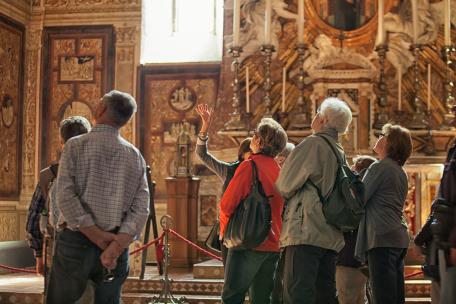






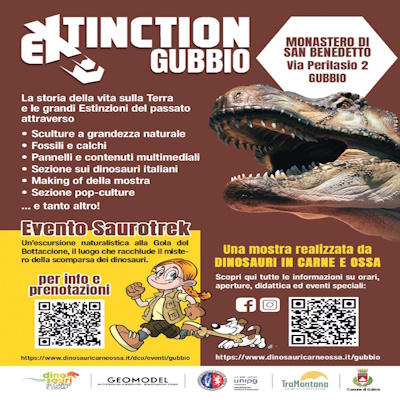
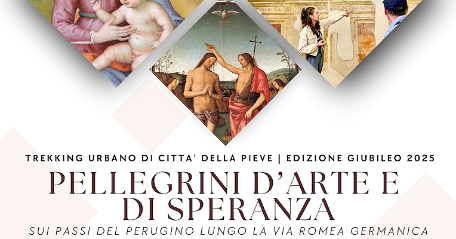
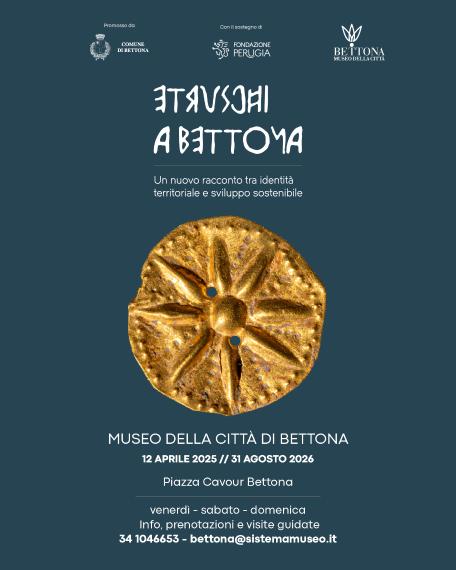

.jpg/ccb33cc7-ccc5-8b2b-1ed4-deda6003f4f3?width=456)
